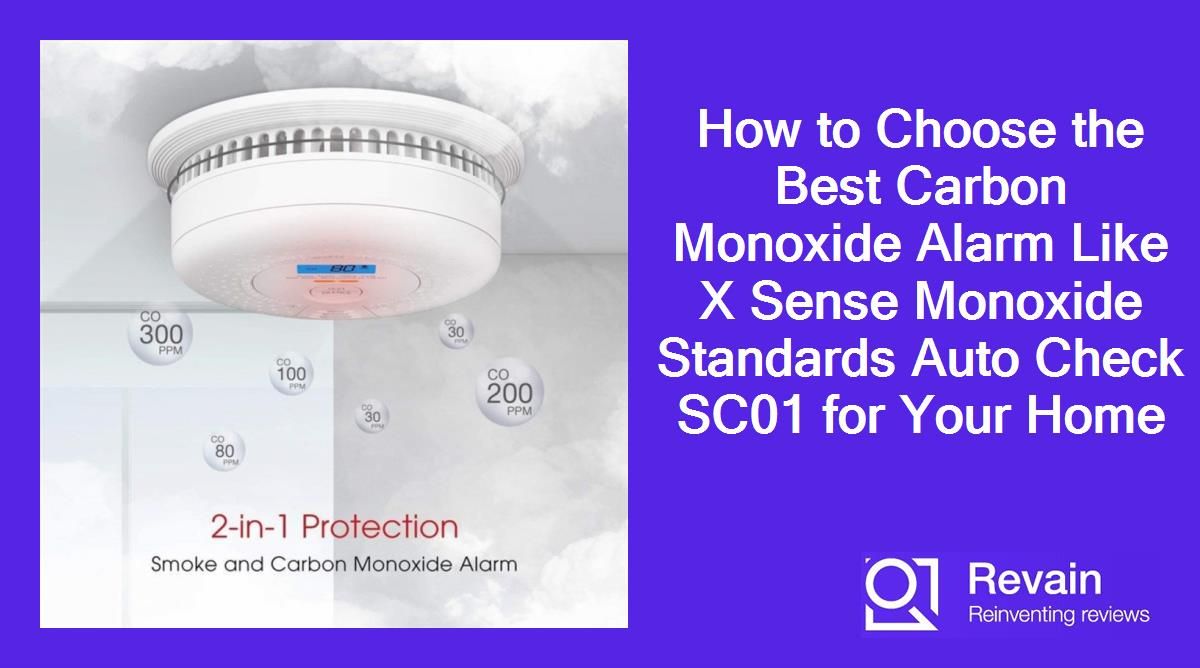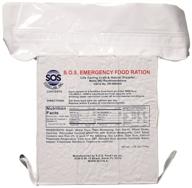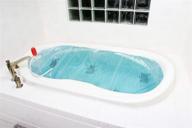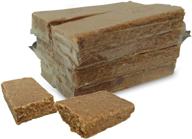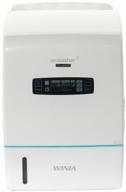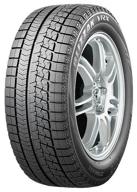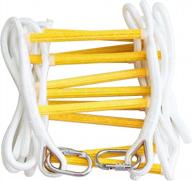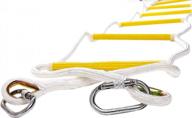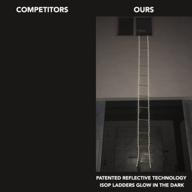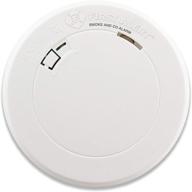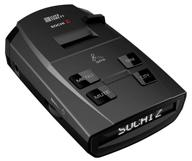How to install a carbon monoxide detector in your home?
Installing a carbon monoxide detector is an important step to protect your home and family from the dangers of carbon monoxide poisoning. Here is a step-by-step guide on how to properly install a CO detector in your home:
Choose the right location
When choosing where to install your carbon monoxide detector, follow these guidelines:
- Install it near bedrooms or common areas where people spend a lot of time
- Mount it about 5 feet above the floor
- Avoid locations near windows, doors, or vents where drafts could interfere
Pick a plug-in or battery-powered detector
Carbon monoxide detectors are available in both plug-in and battery-powered options:
| Plug-In | Battery-Powered |
|---|---|
| Need to be near an outlet | Can be installed anywhere |
| May not work if power goes out | Require periodic battery changes |
Install the detector
Refer to the manufacturer's instructions for detailed steps, but generally:
- If plug-in, connect the detector into an electrical outlet without a switch
- If battery-powered, insert the batteries
- Mount the detector on the wall at the desired location
- Turn on the detector and make sure it is powered on
Be sure to test your carbon monoxide detector monthly by pressing the "Test" button to ensure it is working properly to keep your home safe.
Another interesting products
How to keep your family safe from carbon monoxide poisoning?
Carbon monoxide is an odorless, colorless gas that can be deadly. Follow these tips to help keep your family safe from CO poisoning:
Install CO detectors
CO detectors should be installed on every level of the home near bedrooms. Test detectors monthly and replace per the manufacturer's instructions.
Service fuel-burning appliances
- Have furnaces, water heaters, fireplaces, etc inspected annually
- Check chimneys and flues for blockages
- Replace corroded pipes or connectors
Similar products
Use portable generators safely
- Only run generators outdoors in well-ventilated areas
- Keep generators away from windows, doors, and vents
Don't idle vehicles in garages
Even if the garage door is open, don't leave cars running inside for long periods of time.
Install and use ventilation fans
Proper ventilation can prevent CO from building up in your home. Use bathroom and kitchen fans when showering or cooking.
Recognize symptoms of CO poisoning
| Headaches | Nausea |
| Dizziness | Weakness |
| Chest pain | Confusion |
If you suspect CO poisoning, get outside to fresh air immediately and call 911.
Being aware of carbon monoxide risks and taking preventative measures can help keep your family stay healthy and safe.
How to know if you have a carbon monoxide leak in your house?
It's important to recognize the signs of a possible carbon monoxide leak in your home. Here are some tips:
Install CO detectors
CO detectors alert you to dangerous CO levels. Install them on every level of the home and check monthly.
Be aware of symptoms
Pay attention if you or your family experience:
- Headaches
- Dizziness
- Nausea
- Fatigue
- Confusion
These could indicate CO poisoning.
Look for visual signs
- Rust or stains around vents and appliances
- Soot buildup
- Condensation inside windows
Listen for audible signs
- Furnace turning on and off frequently
- Unusual noises from vents or chimney
Be aware of safety hazards
- Malfunctioning appliances
- Improperly vented appliances
- Blocked chimneys or vents
- Running a car inside an attached garage
Trust your senses - if you suspect a carbon monoxide leak, leave the house immediately and call 911 once outside.
Regularly inspecting your home and appliances can help detect leaks early.
How to prevent carbon monoxide poisoning while camping?
Carbon monoxide (CO) is a real risk when camping since many activities involve burning fuel. Take steps to avoid CO poisoning:
Position generators and grills properly
Never run generators, grills, or camping stoves inside tents or confined spaces. Only use them outside in well-ventilated areas, at least 20 feet from tents.
No warming up vehicles
Don't idle cars or trucks to warm up the cabin if parked near your tent. Even with windows open, CO can accumulate.
Watch the wind direction
Be aware of wind direction to prevent blowing exhaust toward your tent. Adjust generator or grill position accordingly.
Properly ventilate tents
Even if cooking or running a heater outside, have ventilation inside tents, like opening flaps or using a fan.
Install CO detectors
Battery-powered CO detectors are available for about $20. Use them inside tents for added protection.
Avoid unvented heaters or stoves
Unvented propane or gasoline stoves and heaters produce high levels of CO. Use vented options only.
Watch for symptoms
Headaches, dizziness, nausea - if you or your family experience possible CO poisoning, get into fresh air immediately.
Camping safety always requires vigilance. Taking simple precautions allows you to breathe easy and have peace of mind against CO risks.
How to choose the best carbon monoxide alarm for your needs?
Choosing the right carbon monoxide (CO) alarm requires considering key factors so it provides reliable protection.
Pick an alarm with digital display
Digital displays clearly show carbon monoxide levels. This allows you to quickly assess if concentrations are dangerously high.
Choose plug-in or battery power
Plug-in CO alarms are always on, but will fail during power outages. Battery powered units need replacement batteries, but work even without electricity.
Look for accurate sensors
Electrochemical sensing cells have a 3-5 year lifespan and detect levels accurately. Avoid cheaper CO alarms with inaccurate biomimetic sensors.
Select an alarm with memory
Alarms with memory display carbon monoxide concentrations from the last incident. This helps investigators evaluate risks.
Consider connection options
Some CO alarms can connect via wifi or Bluetooth to smartphones. This allows remote visibility and push notifications if levels spike.
Choose UL certified alarm
Verify the CO alarm is tested and certified to UL Standard 2034. This ensures the product meets safety regulations.
Get an alarm with a temperature sensor
Extreme temperatures can impact alarm components. Models with temperature sensors provide an alert if temperature affects reliability.
Take time to learn about the latest features and select an alarm that provides maximum security. Investing in the right CO alarm for your situation can truly be lifesaving.
Top products in 🧯 Fire Safety
What is the benefit of Amazon Prime when buying the X Sense Monoxide Standards Auto Check SC01?
Purchasing a carbon monoxide detector like the X Sense Monoxide Standards Auto Check SC01 on Amazon Prime provides several advantages compared to non-Prime purchases:
Free Two-Day Shipping
With Prime's free two-day shipping, you'll get your detector delivered quickly. This means you can install it sooner to start protecting your home from CO leaks.
Free No-Rush Shipping Options
If you don't need the detector right away, Prime members can choose a delivery date beyond 2 days and receive rewards or discounts for selecting no-rush shipment.
Free Same-Day Delivery
For Prime members in eligible zip codes, same-day delivery is included free when you order in the morning. This ensures you get rush CO detector deliveries when you need them.
Prime Try Before You Buy
You can order the detector via Prime Try Before You Buy, test it in your home, and return if you're not satisfied, without re-stocking fees.
Simplified Returns
If you ever need to return the X Sense for warranty or other reasons, free returns and refunds make it easy through any Amazon locker location.
Overall, the shipping and return benefits of an Amazon Prime membership make it advantageous when purchasing a critical safety product like the X Sense Monoxide Standards Auto Check SC01 carbon monoxide detector.
X Sense Monoxide Standards Auto Check SC01?">





